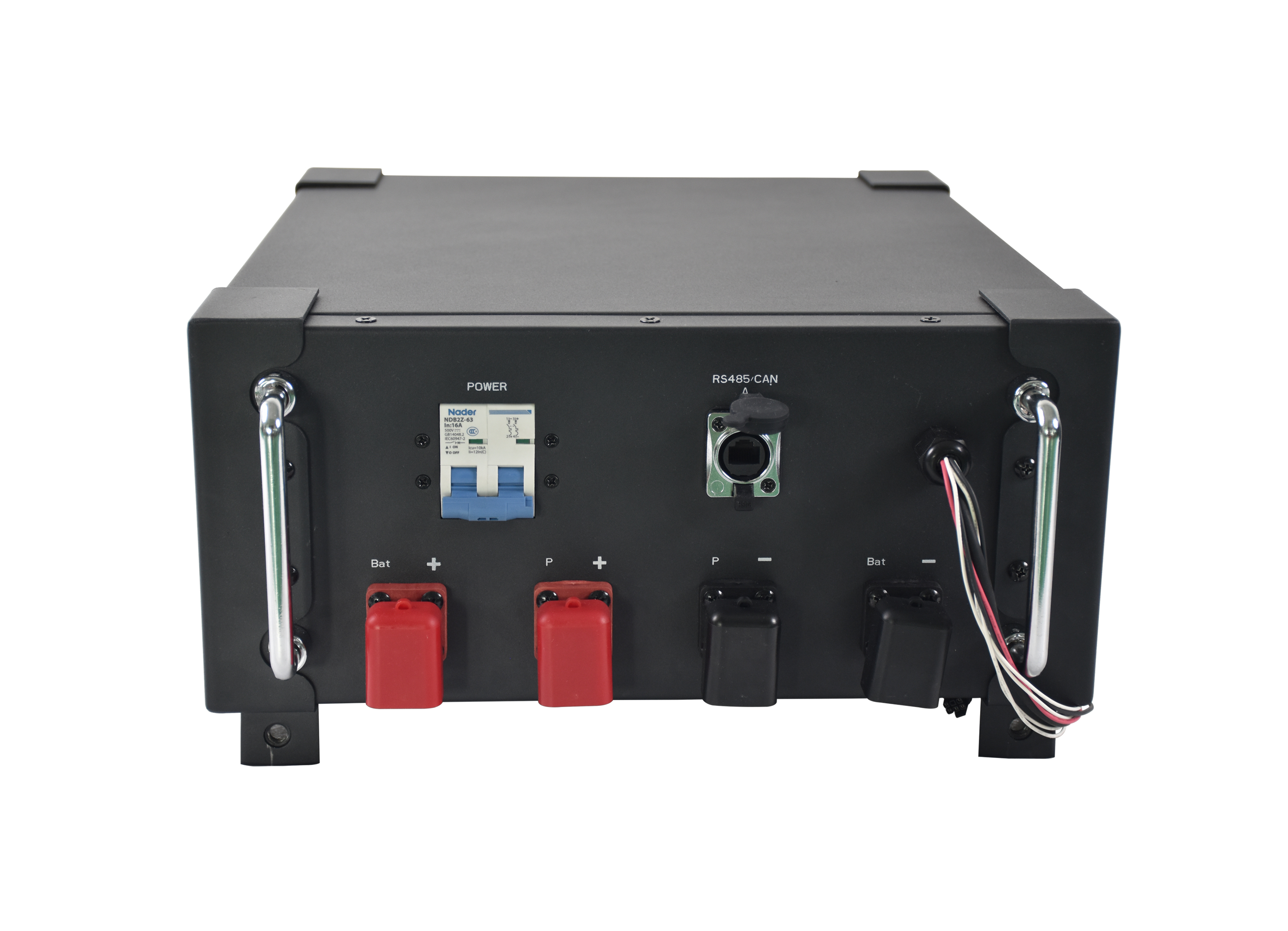1. Fastening iron (30W is sufficient)
2. Welding
3. Edge forming machine
4. Folding
5. Wire stripper
6. Box former or utility blade
7. Kapton tape
8. Heat shrink tubing (5mm and 50mm (you can choose your own if you need to cover the package))
9. Lighter or heat gun
10. Equalization charger / LiPo charger
1. LiPo battery
2. XT60 female connector or red T connector
3. Silicone elastic or other high temperature resistant 16 AWG to 12 AWG (red and dark color) 15cm per shading
4. Balanced link, used information link with adjustable connectors
Let's start building! Cells
Choose a 4000 mAh 8C battery and use it with a 15A current BLDC engine. The maximum current the battery can supply is its C rating increased by its capacity. This allows the battery to supply 8 * 4000/1000 = 32 amps and the 15A motor will be within the shaded limit point.
We chose to condemn each cell independently of the USB charger load that occurs in the first phase, so once accumulated it is reasonable and will not cause problems in equalizing the charger.
First, we emptied the protective tape at the highest point of the battery and removed the release tab cover. Underneath the tape is a safety circuit. If present, you can begin removing the release tab from the wire or the safety circuit. This must be done for all cells. This should be done as soon as possible to avoid damaging the battery and reducing the battery's ability to degrade due to soldering iron temperatures.
Since we are doing a 3S1P setup, we controlled the batteries to swap their orientation so that the positive terminal of one battery contacts the negative terminal of the other battery. + cell1 to - cell2 and - cell1 to + cell2 to avoid shorting the cells. Expand the tabs and select Bind Cells Together. Once you are satisfied with the process, glue the cells together so they can be bound. Bind the tags together again quickly to avoid damage and limit misery.

Measure the coordination link from the label furthest from the battery. At the end, the wire should be removed until the first 2 cm of the battery is complete and disconnected. Do the same for the release leads, but this time terminate on the battery side to account for the length of the XT60 connector (which we ignored).
Split the coordinating link and disconnect each wire to reach the label with no slack. Follow the given schematic for wiring requirements. Strip and tin a small section of each wire.
Weld all
Patch each wire to the battery cell as shown in the schematic. Still, be careful to adjust the links and do not apply excessive pressure to the release leads, as the wires themselves will absorb some of the heat. However, do not be overly gentle.
Wrap the link with tape like a cell and apply pressure to the label. We decided to cover all binding joints with Kapton tape to prevent shorting. For the sake of appearance, we let people know about it. If all goes well, this is the perfect time to seal the entire battery with a massive heat recoil. A report will be forthcoming shortly.
Once the entire process is complete, take a look at how many batteries are in the LiPo battery.
How many cells are in the lithium polymer battery pack?
Let's share the cells of a lithium battery pack with different voltages:.
1.3.7 volt battery = (1s)
2. 7.4 volt battery = (2S)
3.11.1 volt battery = (3S)
4.14.8 volt battery = (4S)
5.18.5 volt battery = (5S)
6.22.2 volt battery = (6S)
These are cell details: 1S for 1-cell, 2S for 2-cell, 6S for progressive 6-cell.
When do I need a lithium polymer battery pack?
For example, an RCLipo battery rated at 1000mAh will discharge within 1 hour with a 1000mAh load. This equivalent battery with a 500mAh load will drain for 2 hours. If the stack is extended to approximately 15,000mA (15 amps), this is an unusually normal current path for an estimated 400 RC helicopter in drift, and the potential to drain the battery is only about 4 minutes.
C-Rate/Discharge Rate:.
Virtually every lithium polymer battery you buy today has a "C" rating. The "C" in C rating indicates capacity. The C rating is the maximum protected, uninterrupted release rate determined by the manufacturer, so if the mark has 20C printed on it, it means it is likely to be "continuously" released at a multiple of the package capacity. Limits are generally quoted in mAh, and the mainstream cell size is 2200mAh.
2200mAh20C cell = 2.2Ax 20 = 44A consistent release
In addition to a consistent release rate, some cells exhibit a "burst" release rate. This is typically twice the slow release. In most cases, this means that the battery is ready to double the current, but only momentarily.
Lithium polymer batteries are somewhat more charged and less stable than the soluble Ni-Cd or Ni-MH batteries used in RC applications. There are several rules for using lithium batteries.
Bottom line.
Lithium batteries are also rechargeable batteries and function and operate in much the same way. Consider their productive work.
